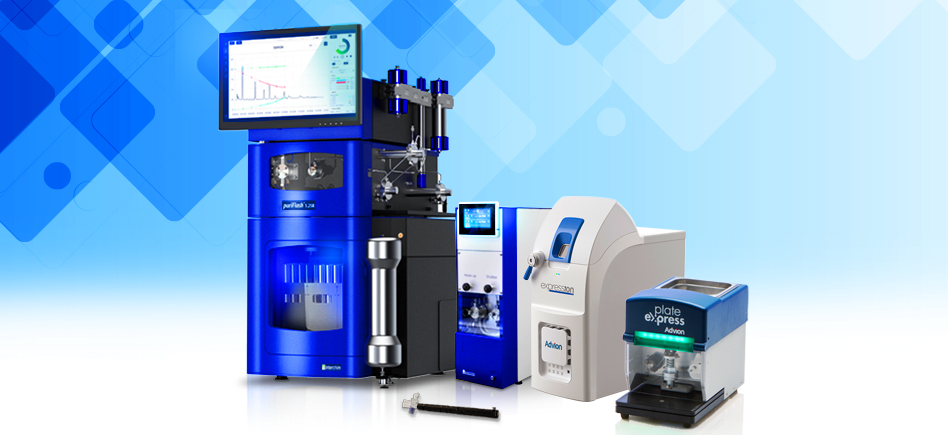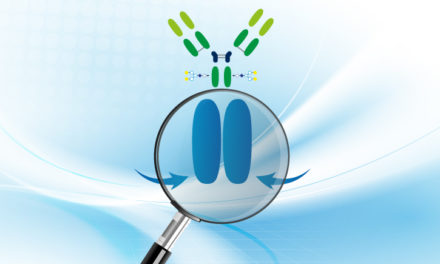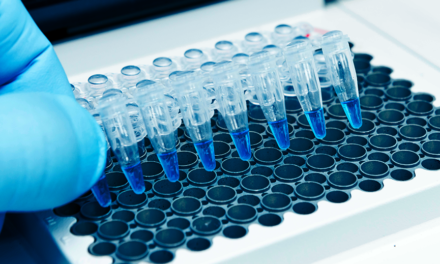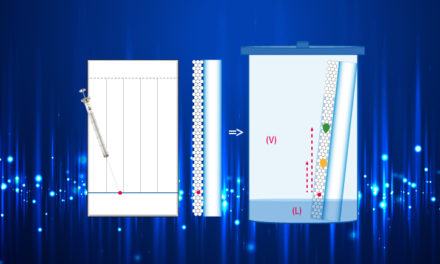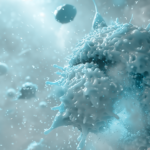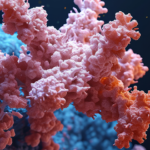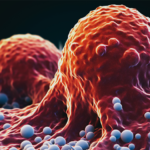We have all been there: You want to do a simple Flash purification. Easy, right?
You then begin to prepare your reaction mixture, think about monitoring the reaction, confirming the product, developing the Flash method…
This post highlights some ways to make Flash purification easier than ever before. Read on for tips on reaction monitoring, purification and fraction ID.

1. Pre-Flash Run: Performing (and monitoring) your reaction
Starting off you are faced with several decisions to make – decisions that can turn the simple purification process in to a half-day adventure in sample preparation and scrolling through social media while you wait for your LC/MS results.
The first decision you need to make is how you can quickly and easily make your compound and get that compound over to the Flash system. Pronto!
Tip #1: Reduce wait times
If you think, “LC/MS is best!” you may want to reconsider. Reaction monitoring can be done much faster and easier using alternative technologies like TLC. Consider what you truly need – a quick answer to, ‘Did I make my compound?” Seek to find that answer in the easiest way possible, using the most straightforward (even basic) technology that you have on hand in your lab.
Tip #2: Reduce your sample preparation
If you choose to use the TLC route over LC/MS (Bravo!) to monitor the reaction, you’ll still have a few steps between you and the Flash run. Namely, the annoyance of scraping spots, preparing them in a solvent for direct injection in to the mass spectrometer. It may be an opportunity to explore additional technologies available on the market, such as a TLC Plate Reader. This newer technology gives you push-button analysis of TLC plates.
No scraping. No sample prep. No cleanup. Just results in seconds.

2. During the Flash Run: Use the Tools at Hand
The nice thing is that (generally) technology is on our side. Thanks to AI and auto-runs and the ‘set-it-and-forget-it’ mentality of several tedious chemistry processes, we have luckily evolved to a time where many industry-leading experts have done the work for you.
Tip #3: Simplify Flash method development
Several questions come up during method development in Flash that, unless you are an expert, you may not know definitively. What are your Rf values? Which column should you choose? If your Flash system offers the ability to simplify method development with suggested details, it is a good starting point and can help your routine purification run smoothly.
Download our app: “TLC to Flash & Prep Chromatography”. Take a picture of your TLC plate, compounds are detected automatically, indicate the compounds of interest, the solvents used, the quantity to be purified and transfer it directly to the puriFlash® purification system.
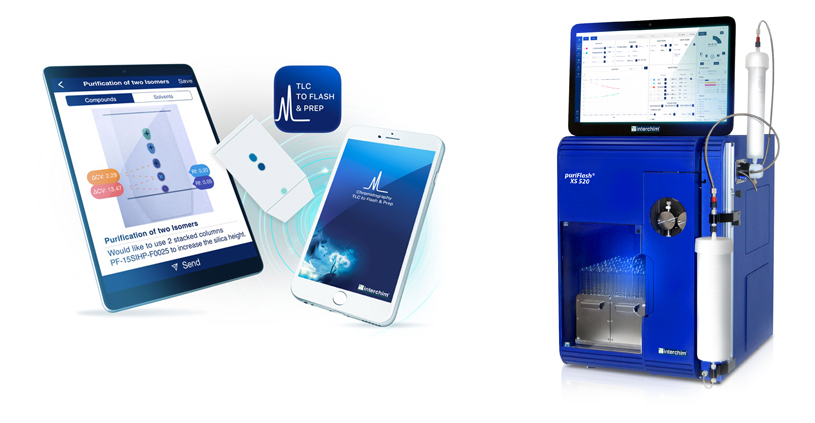
Genius the intelligence embedded in the Intersoft X software offers you the ideal method with the best column to achieve your purification. You don’t have it in stock? No problem, it adapts.
3. After the Flash Run: Identifying Fractions
You’ve made it though your purification and feel confident about the work you put in so far. Hopefully you spent no time at all monitoring your reaction and preparing your method, and you feel confident that you let the Flash system help with method development. But what now? Is it finally time to dust off the old LC/MS?
Tip #4: Simplify Fraction ID
There is not one way to ID a compound. As we learned before, TLC is an ideal alternative to LC/MS for reaction monitoring. Now, we look at it from a different angle – how to quickly ID the fractions in your tubes without wasting any of your precious time?
Tools like the Advion ASAP® liquids and solids probe are ideal fo this. The simple probe is dipped in to one of the tubes and then inserted in to the APCI ion source of the CMS expression®. This allows for prep-free sampling – and another way to skip the LC/MS.
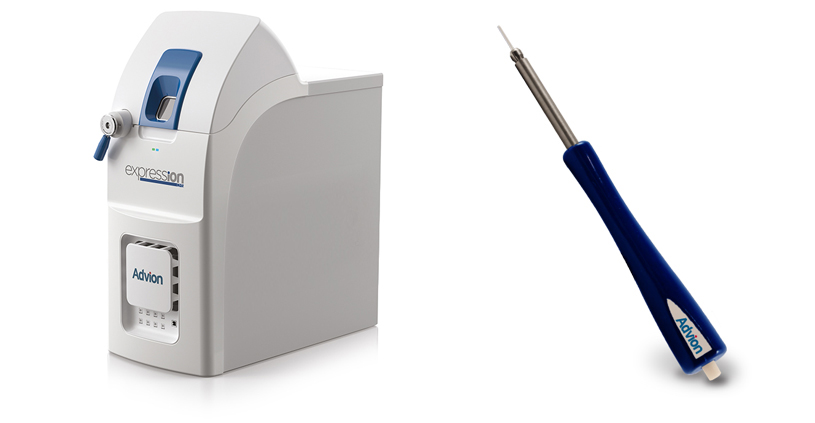
Tip #4 Collect compounds according to their mass
Detection is a crucial parameter in the success of your purifications. Generally, the most commonly used detectors in purification are UV and DEDL. But these detectors only inform you about the presence or not of the compounds but do not give any information about their nature. The addition of a mass spectrometer as an additional detector allows you to identify compounds. With the coupling of a puriFlash system and the CMS expression® mass spectrometer, you can thus directly collect your compounds of interest according to their m/z.
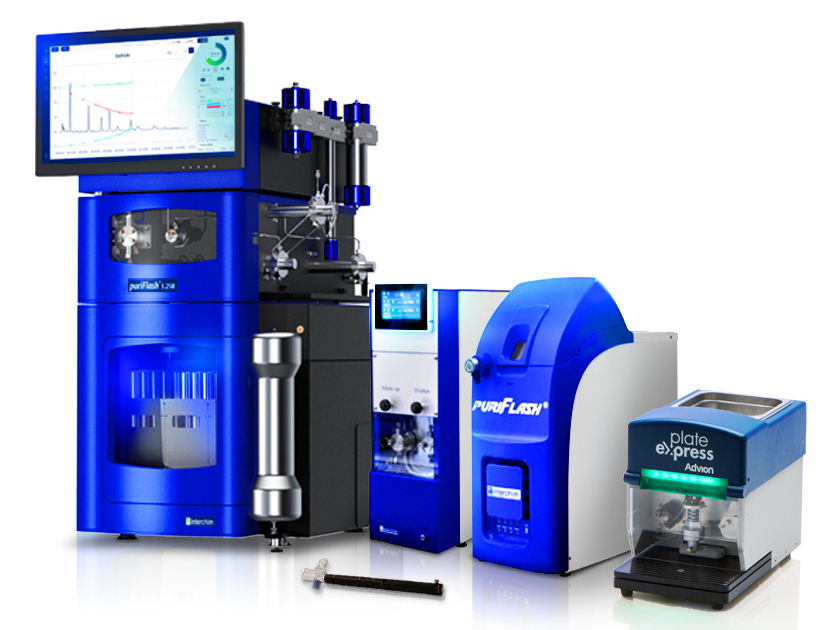
Know more :
- See our live videos on our Youtube channel.
- Download and install the app TLC to Flash & Prep Chromatography.
- Consults our products:
– Our puriFlash®purification systems
– The mass spectrometer CMS expression®
– The TLC Plate Reader plate express
– The direct analysis probe Advion ASAP® (Atmospheric Solids Analysis Probe) - Do not hesitate to ask for technical information or your personalized offer

